

Max Davies
5 Days Ago
SEAT S.A. held back its namesake brand to let Cupra soar, with the sporty marque accounting for around 40 per cent of its sales.

News Editor


News Editor
Cupra sold a record 152,900 vehicles globally in 2022, with 1111 of those sales in Australia – but it came at the expense of its SEAT parent brand.
SEAT S.A. prioritised higher-margin Cupra models over SEAT-badged vehicles, so while Cupra deliveries were up 92.7 per cent, the SEAT brand was down 40.5 per cent.
Cupra accounted for just under 40 per cent of total SEAT S.A. sales, which overall amounted to 385,600 – down 18.1 per cent. Notably, the Cupra brand alone is targeting 500,000 annual sales by 2025.
The Formentor accounted for the lion’s share – 63.8 per cent – of Cupra’s 2022 sales with 97,600 units.
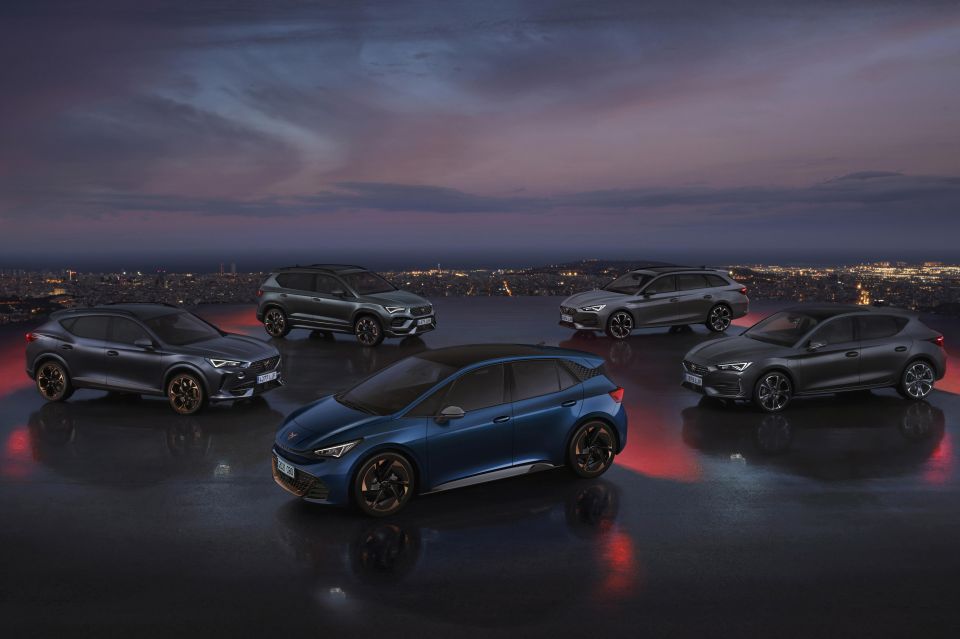
In its first full year on the market, the electric Born hatchback marked 31,400 units.
Cupra’s most popular model, therefore, was more popular than that of the SEAT brand, with the Arona – related to the Volkswagen T-Cross – shifting only 71,000 units.
The sporty brand’s key European markets were Germany (58,400 sales, up 89.9 per cent), the UK (14,400, up 87.4 per cent) and Spain (13,600, up 23.9 per cent). These three markets were also the more mainstream SEAT brand’s highest-volume ones in 2022.
But the Volkswagen Group has been serious about pushing Cupra out to global markets, and it recorded 4300 sales in Mexico and 2700 sales in Israel – plus the 1111 units in Australia.
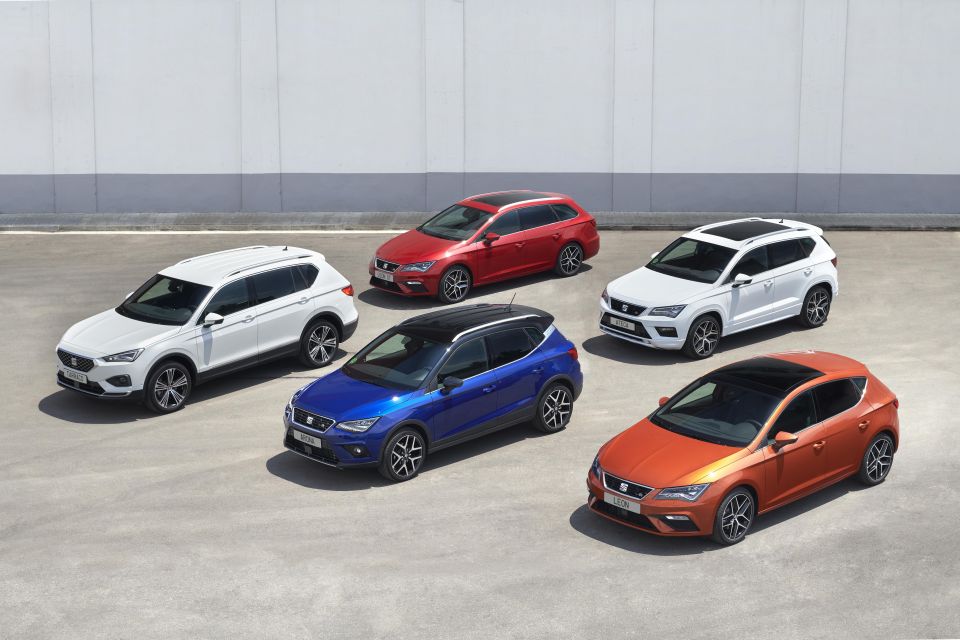
As it was globally, the Formentor was the brand’s best seller locally, and by some margin. With 690 sales, it accounted for 62 per cent of Cupra’s sales Down Under.
Cupra also sold 234 Ateca SUVs and 186 Leon hatchbacks, plus a single Born. It’s aiming to reach 7000 annual sales in Australia by 2025.
“2022 was an unpredictable year but we certainly made the best out of it,” said SEAT and Cupra CEO Wayne Griffiths.
“Cupra continued to exceed expectations and cemented its position as Europe’s fastest-growing automotive brand.
“Our remarkable delivery numbers prove that demand for the brand and electrified vehicles shows no sign of slowing down.”
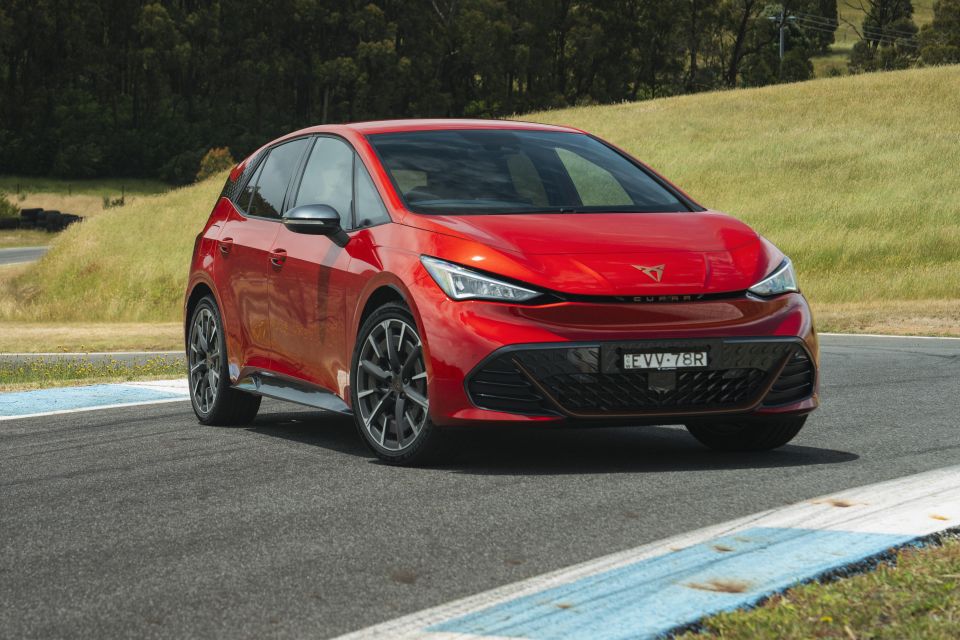
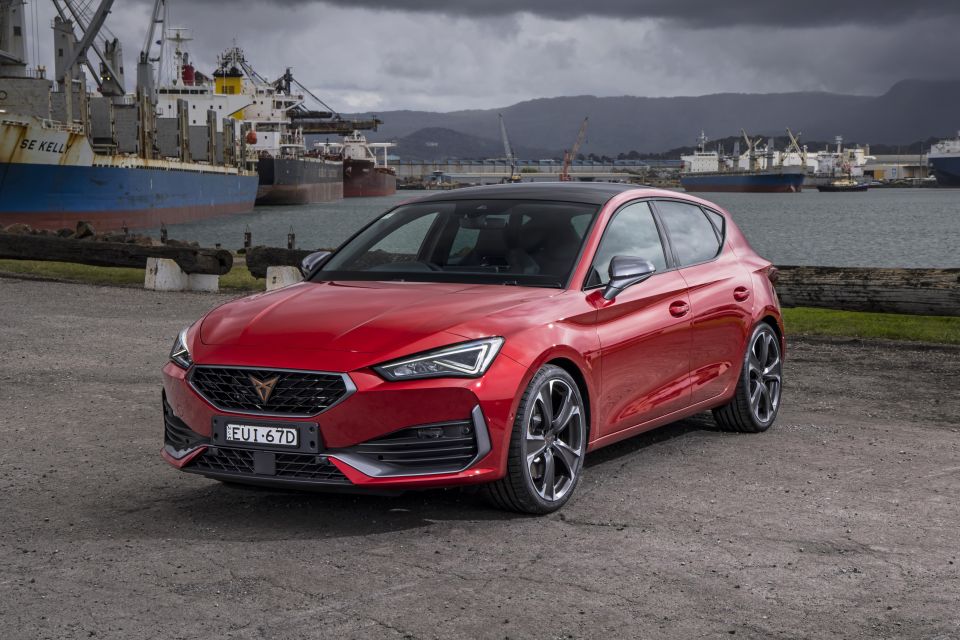
He added the prioritisation of Cupra vehicles was “essential to provide long-term stability for the wider company”.
“Faced with continuing semiconductor and parts shortages, we made the strategic decision to prioritise higher-margin Cupra models over SEAT cars,” Mr Griffiths continued.
“This inevitably impacted the number of SEAT vehicles we delivered but was essential to provide long-term stability for the wider company.”
As for 2023, it could be more of the same.
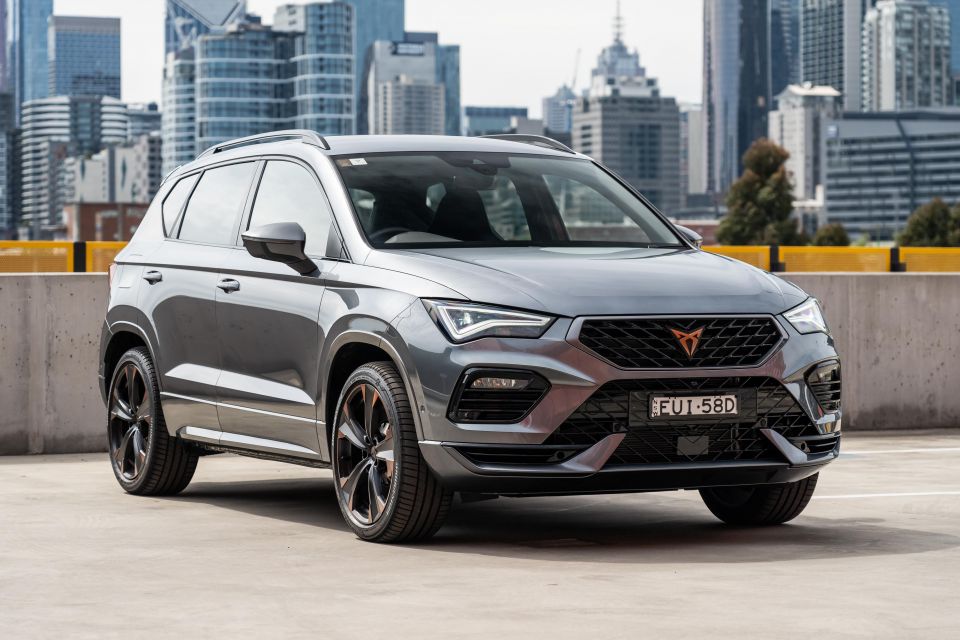

“The only thing that’s certain is that nothing is certain,” said Mr Griffiths.
“But by prioritising Cupra’s growth and the electrification of SEAT S.A., we are determined to face any future challenges and turn them into opportunities.”
Though it was supply-constrained, the SEAT brand did eke out a milestone: it sold its millionth SUV. In addition to the Arona and Ateca, it also sells the Tarraco, related to the Skoda Kodiaq.
SEAT S.A. also produces the Audi A1, and the Volkswagen Group subsidiary’s total global production volume was fairly steady at 478,954 sales – down only 1.1 per cent.
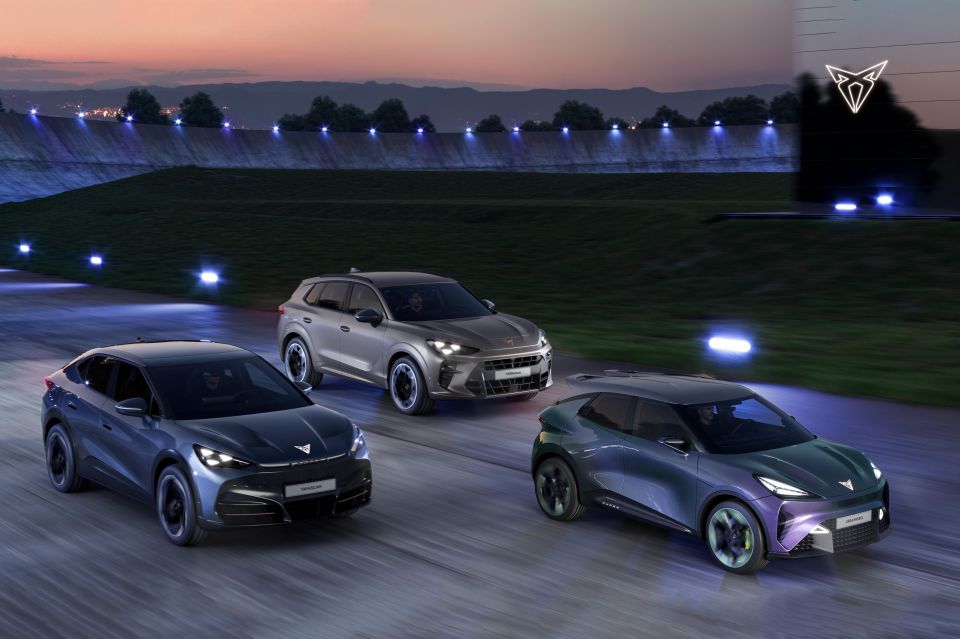
Production at the Martorell plant declined by 4.8 per cent to 366,764 units. SEAT S.A. also produces vehicles in Barcelona and El Prat de Llobregat in Spain, while the Cupra Born and SEAT Tarraco are produced in Germany and the Cupra and SEAT Ateca in the Czech Republic.
Cupra’s Martorell plant will celebrate its 30th anniversary this year as SEAT S.A. begins retooling it to build electric vehicles for the wider Volkswagen Group, including the production version of the UrbanRebel concept in 2025.
Cupra will reveal the production version of its second electric vehicle this year, the Tavascan, though this will be sourced from China.
Both it and the production UrbanRebel are set for an Australian launch in 2025, and they’ll be joined by the Terramar mid-sized SUV which will offer a choice of petrol or plug-in hybrid powertrains.
MORE: Cupra Terramar, UrbanRebel, Tavascan set for Australia in 2025
Take advantage of Australia's BIGGEST new car website to find a great deal on a Cupra.
William Stopford is an automotive journalist based in Brisbane, Australia. William is a Business/Journalism graduate from the Queensland University of Technology who loves to travel, briefly lived in the US, and has a particular interest in the American car industry.


Max Davies
5 Days Ago
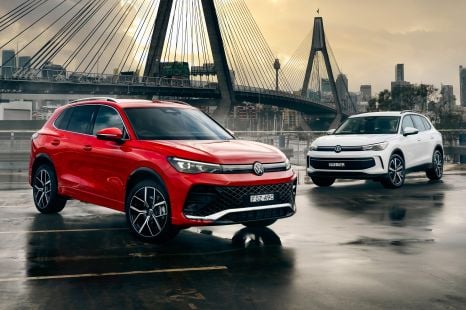

Max Davies
5 Days Ago


Josh Nevett
5 Days Ago
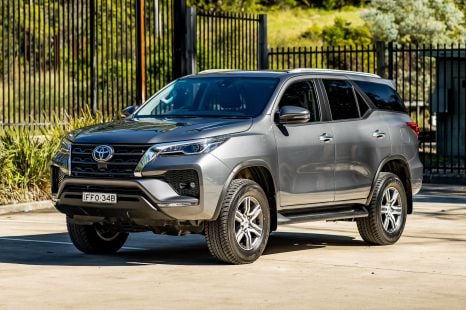

Matt Campbell
4 Days Ago
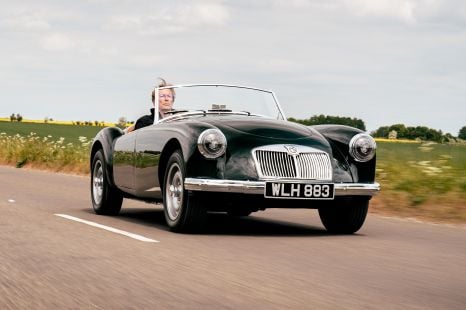

Angus MacKenzie
3 Days Ago
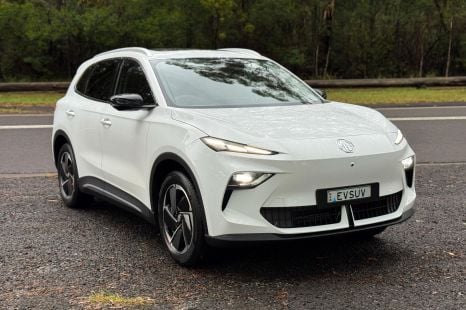

Matt Campbell
2 Days Ago